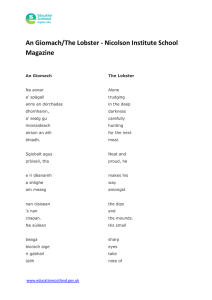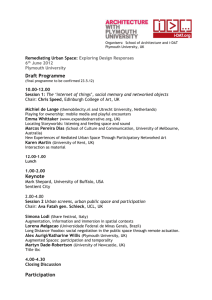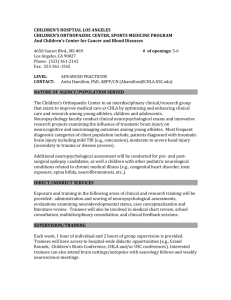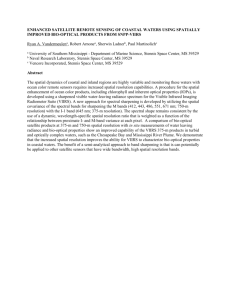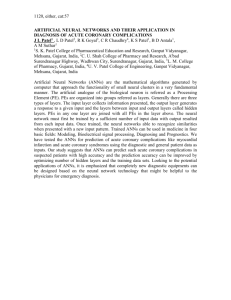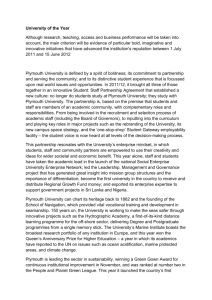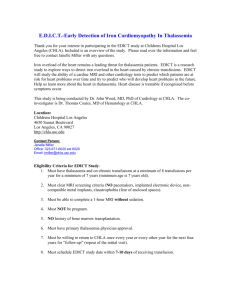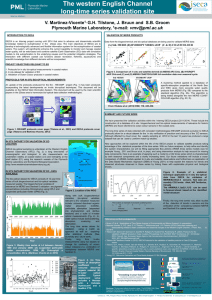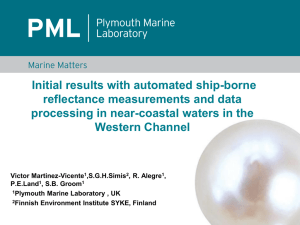A Neural Network for Merging Ocean Color and Argo
advertisement
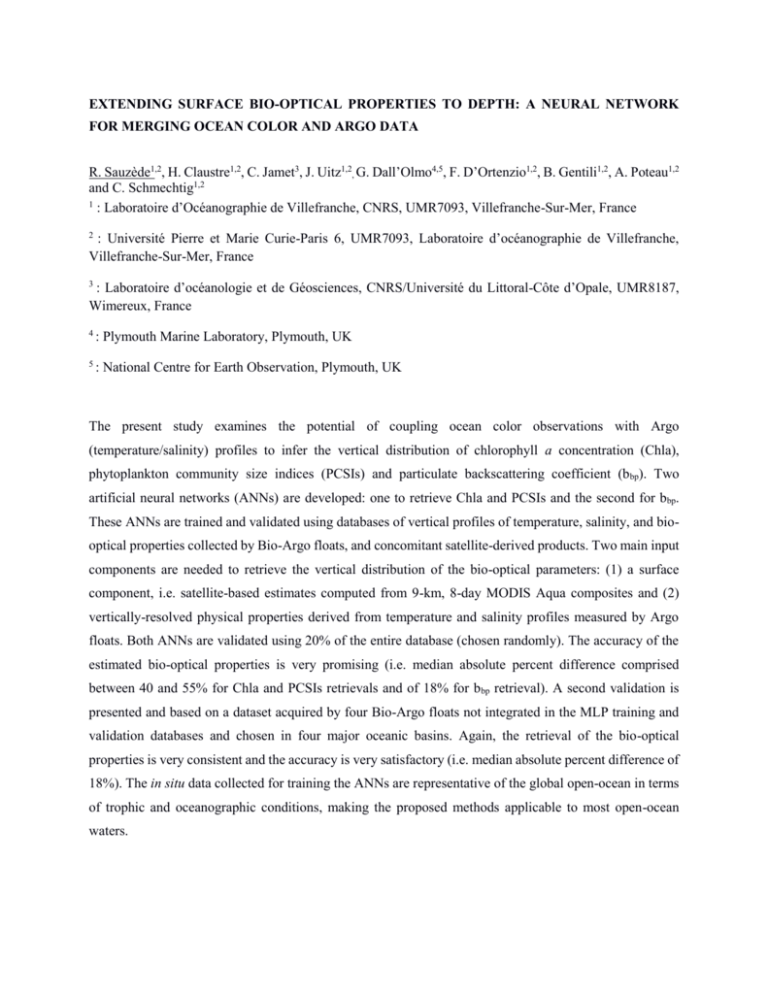
EXTENDING SURFACE BIO-OPTICAL PROPERTIES TO DEPTH: A NEURAL NETWORK FOR MERGING OCEAN COLOR AND ARGO DATA R. Sauzède1,2, H. Claustre1,2, C. Jamet3, J. Uitz1,2, G. Dall’Olmo4,5, F. D’Ortenzio1,2, B. Gentili1,2, A. Poteau1,2 and C. Schmechtig1,2 1 : Laboratoire d’Océanographie de Villefranche, CNRS, UMR7093, Villefranche-Sur-Mer, France : Université Pierre et Marie Curie-Paris 6, UMR7093, Laboratoire d’océanographie de Villefranche, Villefranche-Sur-Mer, France 2 : Laboratoire d’océanologie et de Géosciences, CNRS/Université du Littoral-Côte d’Opale, UMR8187, Wimereux, France 3 4 : Plymouth Marine Laboratory, Plymouth, UK 5 : National Centre for Earth Observation, Plymouth, UK The present study examines the potential of coupling ocean color observations with Argo (temperature/salinity) profiles to infer the vertical distribution of chlorophyll a concentration (Chla), phytoplankton community size indices (PCSIs) and particulate backscattering coefficient (b bp). Two artificial neural networks (ANNs) are developed: one to retrieve Chla and PCSIs and the second for bbp. These ANNs are trained and validated using databases of vertical profiles of temperature, salinity, and biooptical properties collected by Bio-Argo floats, and concomitant satellite-derived products. Two main input components are needed to retrieve the vertical distribution of the bio-optical parameters: (1) a surface component, i.e. satellite-based estimates computed from 9-km, 8-day MODIS Aqua composites and (2) vertically-resolved physical properties derived from temperature and salinity profiles measured by Argo floats. Both ANNs are validated using 20% of the entire database (chosen randomly). The accuracy of the estimated bio-optical properties is very promising (i.e. median absolute percent difference comprised between 40 and 55% for Chla and PCSIs retrievals and of 18% for b bp retrieval). A second validation is presented and based on a dataset acquired by four Bio-Argo floats not integrated in the MLP training and validation databases and chosen in four major oceanic basins. Again, the retrieval of the bio-optical properties is very consistent and the accuracy is very satisfactory (i.e. median absolute percent difference of 18%). The in situ data collected for training the ANNs are representative of the global open-ocean in terms of trophic and oceanographic conditions, making the proposed methods applicable to most open-ocean waters.
